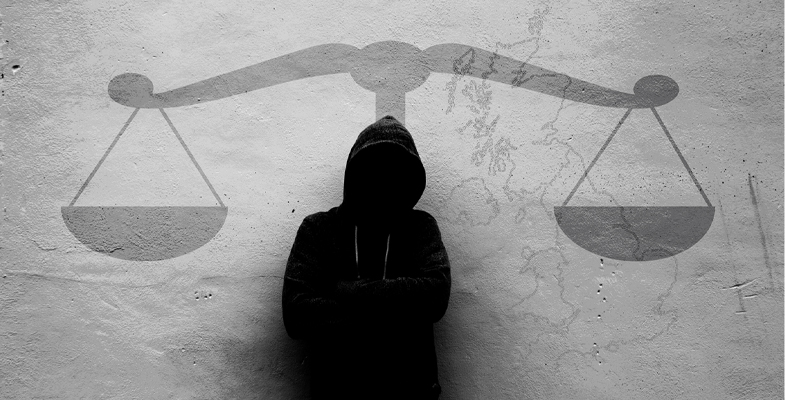4 Possibilities, alternatives, changes
At the beginning of this session, you learned how few girls and young women are in custody compared to boys and young men. Taken at face value, this might have suggested they get an easier ride in the youth justice system. But evidence is mounting up that this isn’t the case and the opposite might even be more likely.
To tackle this possibility, the Welsh Government launched the ‘Female Offending Blueprint’ in 2019 to develop more joined up and proactive gender-informed policies. In 2012, the Scottish Government’s Commission on Women Offenders announced changes to criminal justice strategy intended to reduce the numbers of young women in custody. It hoped that a gender-informed approach would have positive effects throughout the Hearings system and acknowledged that, for equal and fair treatment to be achieved, change was needed to produce a system designed for women’s needs rather than men’s. A champions group for Vulnerable Girls and Young Women was established to promote and influence cultural change in the Hearings System.
In each of the jurisdictions of the UK, gender specific services are becoming more widely available and deliver fairer and more effective services. They recognise it is different for girls, and that differences are not to be avoided but engaged with.
